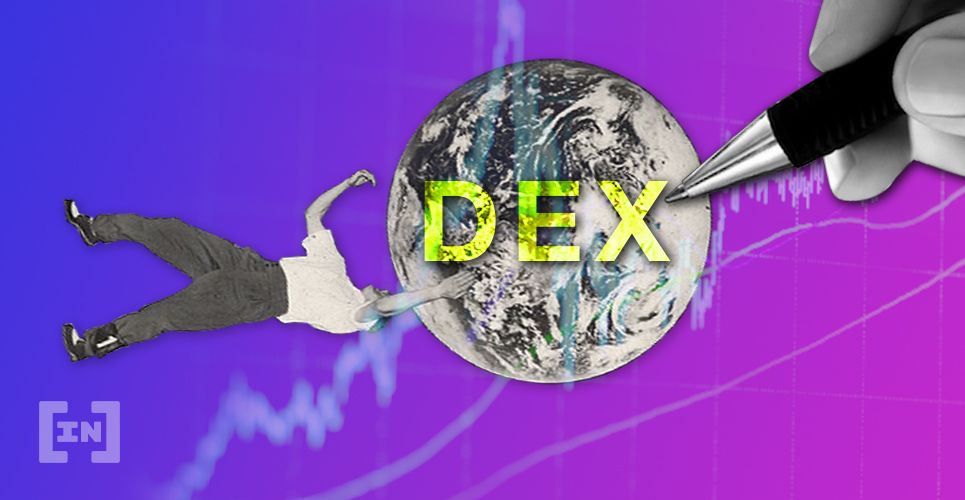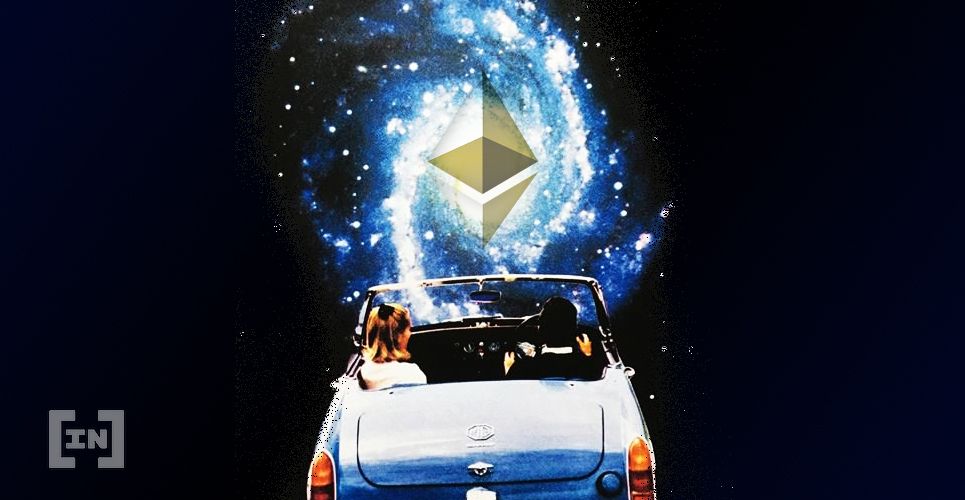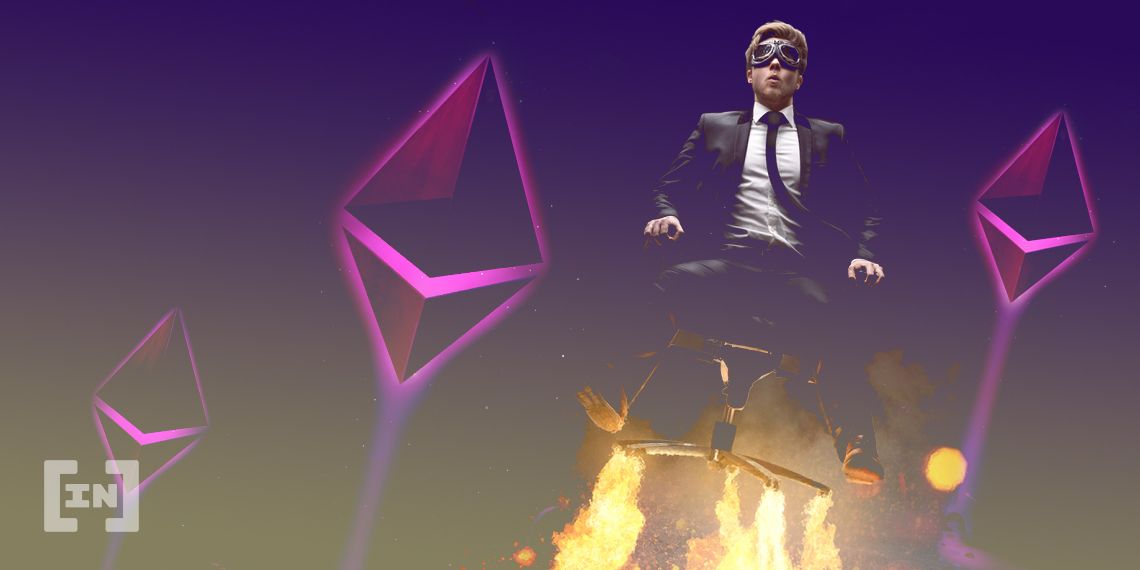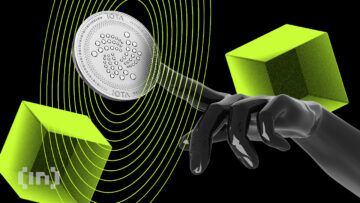Decentralized Finance (DeFi) is a term that is being used to describe the world of financial services that are increasingly being offered through decentralized platforms. Among these platforms, Ethereum is standing out as a leader for general adoption and overall community engagement. That being said, what is it that makes the Ethereum network such a popular choice for decentralized finance? For now, the best answer is that the blockchain boasts the widest range of options and engagement across all major financial categories. Let’s take a look at some of the top offerings.
Stablecoins
There are quite a few Ethereum-based stablecoins available in the market today, and they are largely what is driving much of the DeFi movement. In fact, as of this writing, stablecoins make up more of the transaction volume on the network than the native ETH currency does. Essentially, stablecoins work to negate the volatility inherently existent in cryptocurrency at the moment. Most DeFi applications would be infeasible if it weren’t for a reliable medium of value exchange. To achieve this, stablecoins often seek to peg themselves to something with a stable price, usually fiat currencies, and then use smart contracts and controlled minting to ensure the value stays steady.

The first and most well known stablecoin was Tether. The company behind it, Tether Limited, claimed originally that it had at least one US Dollar in custody for every 1 Tether minted on Ethereum. More recently, that claim seems to be challenged, but still Tether is one of the most commonly used stablecoins available to this day.
Another major stable asset is Dai. Part of the MakerDAO system, Dai acts as a stablecoin that is not backed by held US dollars, but instead by a series of smart contracts and using Ethereum as collateral. Essentially Dai acts as a loan for users who are willing to put up Ethereum, or soon other Ethereum tokens, in exchange for the stablecoin. Dai has become a major part of the DeFi system, as over 2% of all Ethereum is locked into MakerDAO contracts.
There are several other projects out there, such as USDCoin and Gemini Dollars just to name some major ones, that are also ERC-20 tokens on Ethereum. This puts the Ethereum network in a solid position to maintain stablecoin dominance as the market matures.
Exchanges
Decentralized Exchanges (DEXs) make up the majority of the volume in Ethereum’s DeFi ecosystem. DEXs work much like normal exchanges but are designed to remove the need for a company to manage them. They are generally powered by a system of smart contracts and often have a native token of their own.

The most popular DEX at this time is the Kyber Network. Kyber acts as a protocol to quickly exchange ERC-20 assets and can be implemented into a wide array of applications for seamless liquidity. A similar service called Uniswap works by allowing users to create their own “Exchange contracts,” effectively setting their own exchange rates between Ethereum and different ERC-20’s. Exchange rates that are out of line with the larger market are then subject to arbitrage until they eventually come in line, creating a self regulating system without the need of a regulatory body. Other popular DEXs include Saturn Network, 1inch.exchange and IDEX.
Borrowing and Lending
The practices of borrowing and lending are nothing new, and literally are the basis of most banking. However in the DeFi world, there is no need for an actual bank to be involved. This can open up financial services to those who won’t or can’t access traditional banks, and is a step toward the cryptocurrency mantra of “banking the unbanked.”

Aave is a new protocol that looks to make both earning interest for lenders, as well as quick loans for borrowers, a simple process. Basically anyone can either deposit funds into a larger liquidity pool and begin earning interest, or take out a loan for a small fee and with specific conditions for repayment. A similar project, Nexo, allows for fiat loans using a wider range of cryptocurrency as collateral. As with all of these categories, there are more options, such as Compound and BlockFi, but the general premises work very much the same.
Payments
There are already many payment apps available to consumers, but all generally still put their trust in a centralized company. Again, DeFi comes to the rescue! These services give users control over their payments, privacy, and usually much better fees.
One popular choice is the Request Network, which is aiming to be an all-in-one invoicing and payment platform. Another promising project is OmiseGO and its ecosystem which uses the Ethereum blockchain but boasts 90% lower fees. One more major contender is the Raiden Network, which acts much like the Lightning Network does for Bitcoin. By utilizing second-layer channels, Raiden aims to make transacting with Ethereum faster and cheaper than using the blockchain directly.
So Much More
This article could easily turn into a catalogue, as there are many, many more areas where Ethereum Dapps are trying to reinvent finance as we know it. Some other use cases include decentralized wallet solutions, investment platforms, derivatives, predictions markets and even more. It seems that there are multiple decentralized variations coming to every service that has existed in legacy finance.

Since we have only scratched the surface, a great place to discover even more DeFi Dapps is at State of the Dapps, which ranks all available services by activity, and can be sorted along various categories. This way users can not only find links to relevant information about these projects, but also get accurate data on how much involvement there is with a given platform.
Why Ethereum?
Two questions that could come up when exploring the growth of the DeFi space is “why does it currently seem like Ethereum is the top platform for these applications, and will this continue?” The answer to the first question probably has a lot to do with the community surrounding Ethereum as well as the flexibility of the platform. It’s true that there are several other, very respectable blockchains that are working towards the same goals as many of these projects. So far, the general development of DeFi Apps on these other platforms has lagged behind Ethereum. Ethereum has been around for long enough and has gotten enough of a following, at least in part tied to the asset being the #2 crypto-asset by marketcap, that it is in many ways the logical choice for any developer who is concerned with reaching the widest audience. While it is not currently the fastest platform, it does have a dedicated team and a roadmap for many improvements coming in the next few years.

However, it is just this roadmap that the future of Ethereum as the backbone for DeFi depends on. It is no secret that Ethereum needs to be able to scale in order to see these solutions become mainstream products. While this is the goal for the Ethereum team, progress has been slow. Ultimately the aim is to switch Ethereum to a Proof-of-Stake blockchain from the Proof-of-Work system that it is now, as well as implement sharding. These changes, and more planned, should make the network much, much faster, but if they can’t be rolled out before competitors like Tron and EOS overtake Ethereum, then it would all be for nothing.
For now, Ethereum stands as the clear leader in the DeFi space, and this isn’t going to change overnight. If the system can keep seeing innovation and upgrades, it could be the beginning of what will one day be the primary way that people worldwide transfer value. For now though, there’s no shortage of options to explore.


